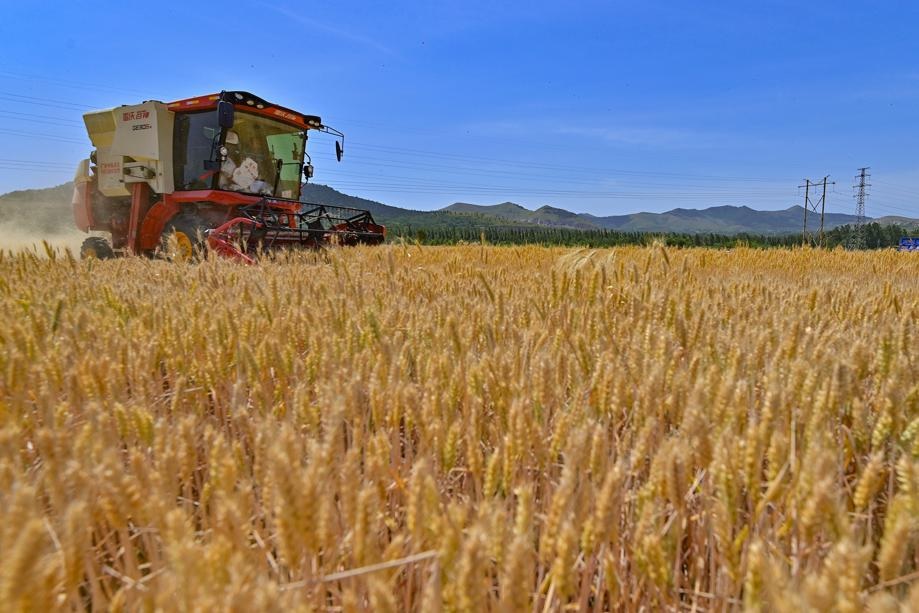Ill-performing winter wheat crop plants account for less than 10 percent of the harvest this year, lower than last year, said Zeng Yande, director of the Ministry of Agriculture and Rural Affairs’ development and planning department.
The intended food growing area — an indicator of farmer’s confidence in farming profits — was about 118 million hectares and increased for the fourth consecutive year, he told a news conference held by the State Council Information Office in Beijing.
By the end of March, there were 43 million fertile swine, higher than the 41 million benchmark for maintaining adequate supply, and the pork output was 15.9 million metric tons during the first quarter, up 1.9 percent year-on-year, Zeng said, citing figures from the National Bureau of Statistics.
“The market supply is abundant, and pork production is developing with stability,” he said.
The output for beef and mutton, milk, and aquatic products increased 3.6 percent, 8.5 percent and 4.4 percent, respectively, in the first three months of this year. The growing areas for vegetables in April was up more than 73,000 hectares year-on-year, Zeng said.
By the end of March, 21.55 billion yuan ($3.12 billion) worth of small-sum loans were given to 485,000 people who had recently escaped absolute poverty, and more than 30 million such rural residents have departed for towns and cities for jobs, he said.
The Purchasing Managers’ Index for major agricultural companies was 55.4 percent. A PMI above 50 represents an expansion when compared with the previous month.
The average disposable income for rural residents in the first quarter was 6,131 yuan, up 4.8 percent from last quarter. That is 2.1 percentage points higher than the increase for the average urban disposable income, Zeng said.
The total volume of imports and exports of farm produce was $83.38 billion, up 11.6 percent year-on-year. The export and import volume are $23.5 billion $59.8 billion, respectively.
Source: China Daily

